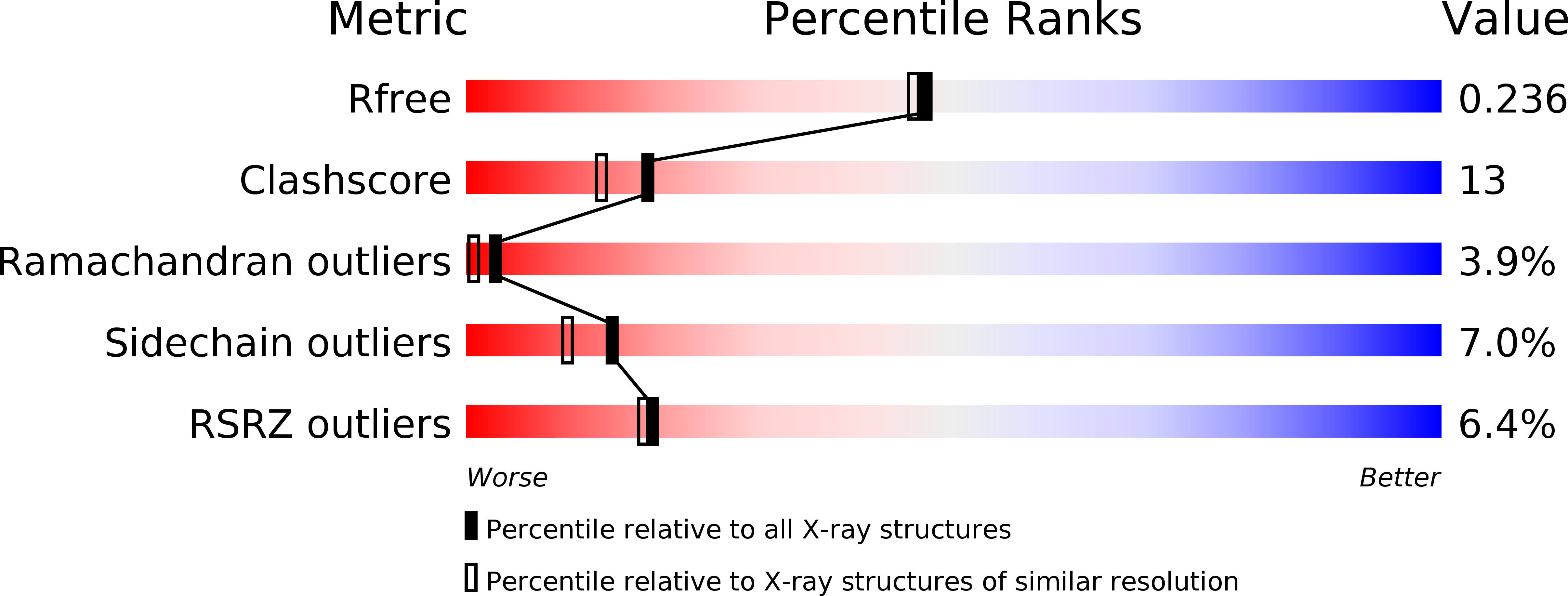
Deposition Date
2007-03-02
Release Date
2007-07-17
Last Version Date
2024-05-08
Method Details:
Experimental Method:
Resolution:
2.00 Å
R-Value Free:
0.23
R-Value Work:
0.19
R-Value Observed:
0.19
Space Group:
F 2 3


